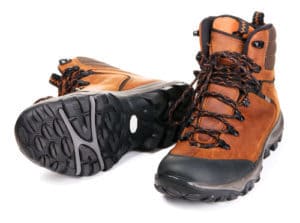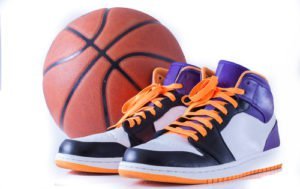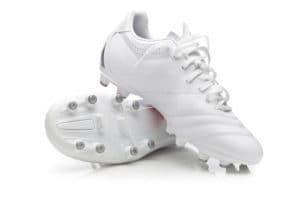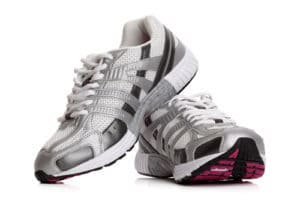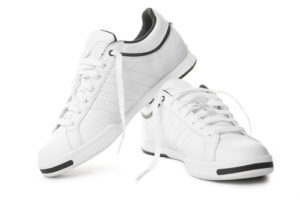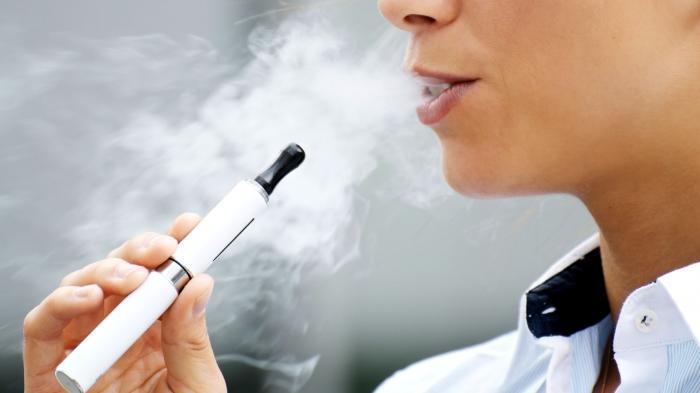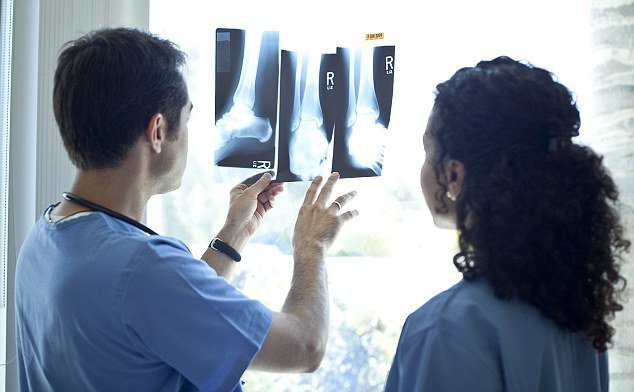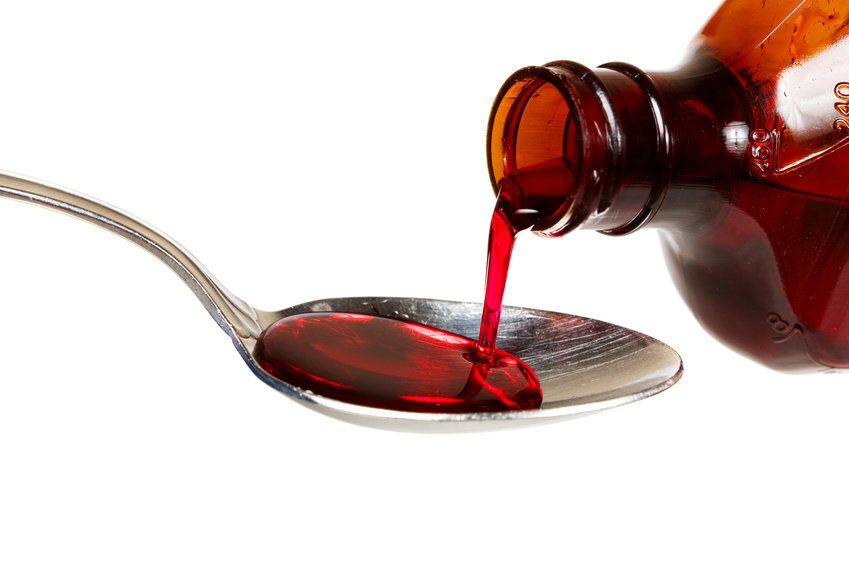Contents:
- Medical Video: How To Choose A Running Shoe | What Are The Best Shoes For You?
- Choose shoes based on the sports arena
- Choose shoes based on specific sports
- 1. Mountain climbing shoes
- 2. Basketball shoes
- 3. Soccer shoes
- 4. Running shoes
- 5. Tennis shoes
- 6. Golf shoes
Medical Video: How To Choose A Running Shoe | What Are The Best Shoes For You?
Choosing the right shoes can improve our performance in sports, while minimizing injury. Therefore, different types of sports, the shoes are different types. Sports shoe insoles offer special sports functions that can help your performance. The main features and main styles also influence, such as grip, flexibility, weight, and even component release.
Choose shoes based on the sports arena
If based on the sports arena, the type of shoes is divided into 5 types, namely:
- Athletic shoes. These are grouped into categories of running, practicing, and walking. This includes shoes for mountain climbing, jogging and brisk walking. If you choose shoes for walking, look for one that has a soft back section, good air absorption, a soft base, and a design that promotes the natural movements of the foot during walking. Features for proper jogging shoes, including cushioning, flexibility, control and stability in the lightweight heel area with good grip.
- Closed field sports shoes. This includes shoes for tennis, basketball and volleyball. Most field sports require the body to move forward, backward, and from side to side. As a result, most of these field shoes have soles that are quite thick and heavy.
- Open field sports shoes. This includes shoes for soccer and baseball. These shoes are spiked, buttoned or nailed. The thorn and button formations vary from sports to sports, but generally can be replaced or removed which is on nylon soles.
- Special sports shoes. This includes shoes for golf, dancing and cycling.
- Sports shoes in nature. These include shoes used for recreational activities such as hunting, fishing and boating.
Choose shoes based on specific sports
1. Mountain climbing shoes
This shoe sole is made to overcome rocky terrain and has varying degrees of rigidity. Usually the soles are made of rubber, with varying patterns and depths to offer safer footing on rough surfaces. Deep soles have the strongest grip, and shorter or more spaced soles make the grip on the ground less strong. Shoe soles are usually the most sturdy and not as flexible as athletic shoes, but offer maximum impact absorption.
2. Basketball shoes
Basketball soles are quite flat and made of rubber. Most are wider and have patterns herringbone engraved to increase stability and grip to start or stop quick turns. Basketball soles usually offer maximum impact absorption with moderate flexibility, compared to other types of athletic shoe soles.
3. Soccer shoes
The soles on soccer shoes have spines or buttons to increase the grip when running in the grasslands. Buttons are usually removable and made of three materials, namely plastic, rubber or metal. Some soccer clubs forbid the use of metal buttons. There are three types of buttons, namely cone, pointed, and hard bottom. Soccer soles offer moderate flexibility and impact absorption.
4. Running shoes
A minimalist shoe sole for running is the latest trend in the world of sports. Rubber at the base has a thickness of only 3 mm and is very flexible. Shoe soles like this have a high degree of flexibility, but have little bearing and impact absorption. The soles of these minimalist shoes also have a thicker thickness, but are still more flexible than traditional running shoes.
5. Tennis shoes
The soles of tennis shoes have a smoother and flat surface compared to basketball shoes or mountain climbing shoes. This shoe sole varies based on the type of field. Shoes for clay are not as durable as those made for concrete fields. Because of that, all tennis shoes are made for indoor courts with a lightweight and flexible weight. The soles are very smooth, so they don't stick to the floor when rubbing against the floor or when scratching the floor.
6. Golf shoes
Golf shoe soles have a minimum impact absorption and are less flexible than basketball shoes or running shoes. There are shoes that consist of metal nails, soft nails, or no nails at all. The type of metal nail soles is usually prohibited because it can damage the green arena. Shoes with soft nails have a moderate grip, while shoes without nails have a little more grip compared to casual shoes.
READ ALSO:
- 10 Diseases That Might Happen Due to Bad Shoes
- Different Types of Shoes Bad for Health
- Choose Running Shoes by Type of Run

